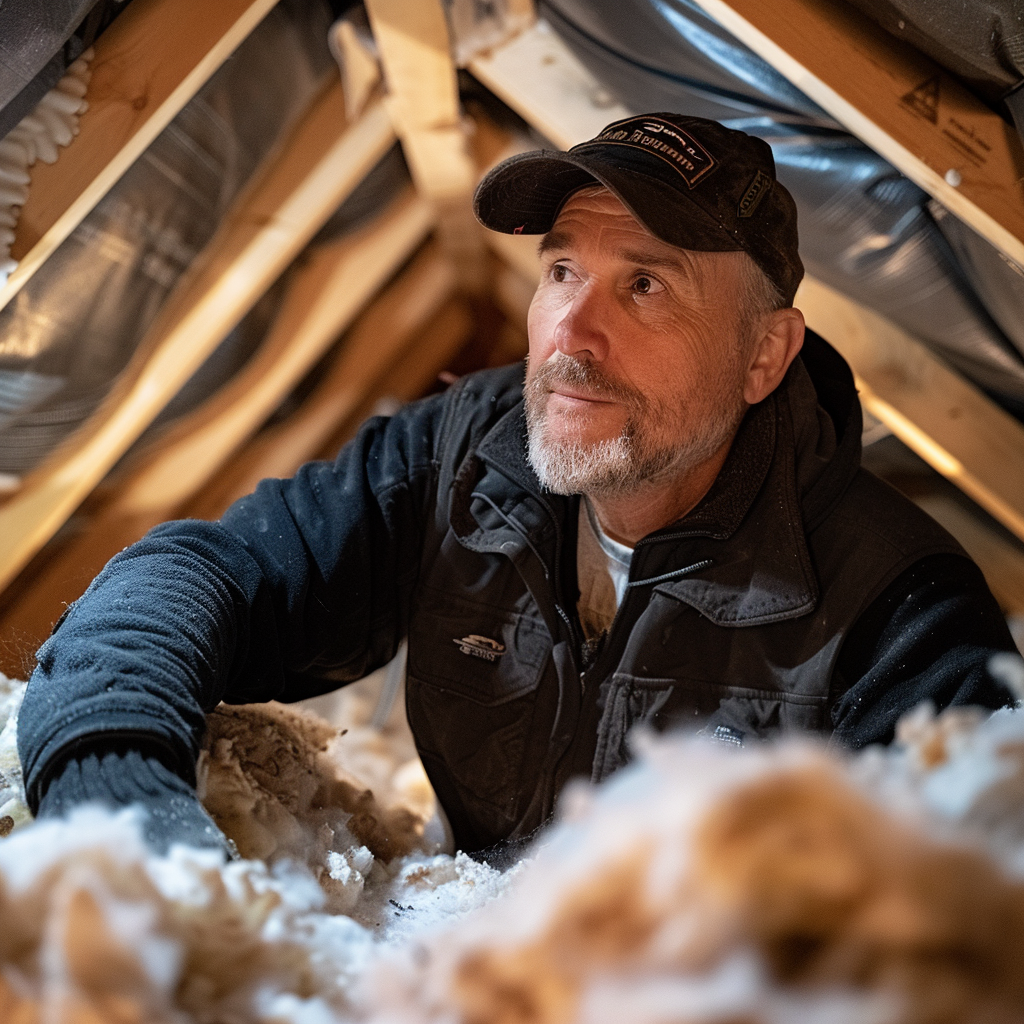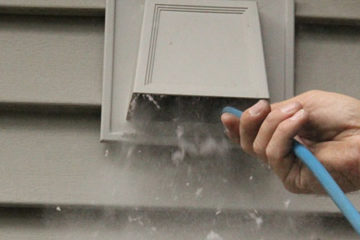As the colder months approach, one of the most important steps to ensure your home stays warm and energy-efficient is to inspect insulation throughout your property. Proper insulation plays a crucial role in maintaining indoor comfort, reducing energy costs, and preventing drafts. Including this task in your Ready For Fall Checklist will help you identify potential issues and take action before the temperatures drop. Here’s why it’s essential and how you can effectively inspect your insulation.
Why You Should Inspect Insulation Before Fall
Insufficient or damaged insulation can significantly impact your home’s ability to retain heat. Without adequate insulation, your heating system works harder to maintain a comfortable temperature, leading to higher energy bills and unnecessary wear and tear on your furnace or boiler. Therefore, it is important to inspect insulation for any signs of damage, gaps, or areas where it may be lacking. Doing so will help you maintain a warm and energy-efficient home throughout the fall and winter.
How to Properly Inspect Insulation in Your Home
To ensure your insulation is doing its job, you should thoroughly inspect several key areas:
- Check Attic Insulation: Begin your inspection in the attic. Look for gaps, uneven coverage, or signs of moisture damage, such as discoloration or mould. Adequate attic insulation is essential because a significant amount of heat can be lost through the roof.
- Inspect Wall Insulation: Pay attention to cold spots or drafts along the walls, which could indicate gaps or insufficient insulation. You might use a thermal camera or infrared thermometer to detect temperature variations that point to problem areas.
- Examine Basement and Crawl Space Insulation: These areas are often overlooked, but they can be sources of significant heat loss. Ensure there are no signs of moisture, mould, or damaged insulation in basements and crawl spaces, as these can compromise your home’s overall insulation performance.
- Inspect Around Windows and Doors: Check for drafts near windows and doors. Ensure that weatherstripping is intact and sealing properly. If you feel cold air entering, it may be time to replace the weatherstripping or add additional insulation around these areas.
Step-by-Step Guide to Inspect Insulation in Your Home
- Start in the Attic: Use a flashlight to carefully examine the attic for any visible gaps, compacted insulation, or signs of moisture damage. Insulation should be evenly distributed and at an adequate depth to provide sufficient thermal resistance.
- Move to the Walls: Walk around your home and feel for cold spots or uneven temperatures along the walls. Use a thermal camera or infrared thermometer to check for areas with poor insulation coverage.
- Inspect Basement and Crawl Spaces: Go to your basement or crawl space and look for signs of mould, moisture, or damaged insulation. Make sure the insulation is dry and securely in place.
- Check Around Windows and Doors: Feel for drafts around all windows and doors. Examine the weatherstripping and caulking to ensure they are in good condition and provide a proper seal.
Additional Tips to Improve Insulation in Your Ready For Fall Checklist
- Add Insulation Where Needed: If you find areas with inadequate insulation, consider adding more. For attics, using blown-in or batt insulation can help improve coverage and thermal performance.
- Seal Gaps and Cracks: Use caulk or expanding foam to seal gaps around pipes, vents, and other openings that can allow heat to escape. This small step can make a big difference in energy efficiency.
- Install Weatherstripping: Enhance the seal around windows and doors with weatherstripping to prevent drafts and heat loss.
Common Mistakes to Avoid With Your Insulation Inspection
- Overlooking Small Gaps or Cracks: Even small gaps can cause significant heat loss over time. Make sure to thoroughly inspect all areas for potential air leaks.
- Ignoring Signs of Moisture or Mold: Moisture can damage insulation and reduce its effectiveness. Address any signs of moisture or mould immediately to prevent further issues.
- Failing to Check All Areas: Don’t forget to inspect insulation in attics, walls, basements, and around windows and doors. A comprehensive check ensures that your home is properly insulated.
Inspect Insulation Now for a Comfortable and Efficient Home This Fall
Taking the time to inspect insulation is a critical step in preparing your home for the colder months. By making this task part of your Ready For Fall Checklist, you can enhance your home’s energy efficiency, maintain a comfortable indoor temperature, and reduce heating costs. Don’t wait until the cold weather hits—inspect your insulation today and enjoy a cozy, cost-effective winter season.





